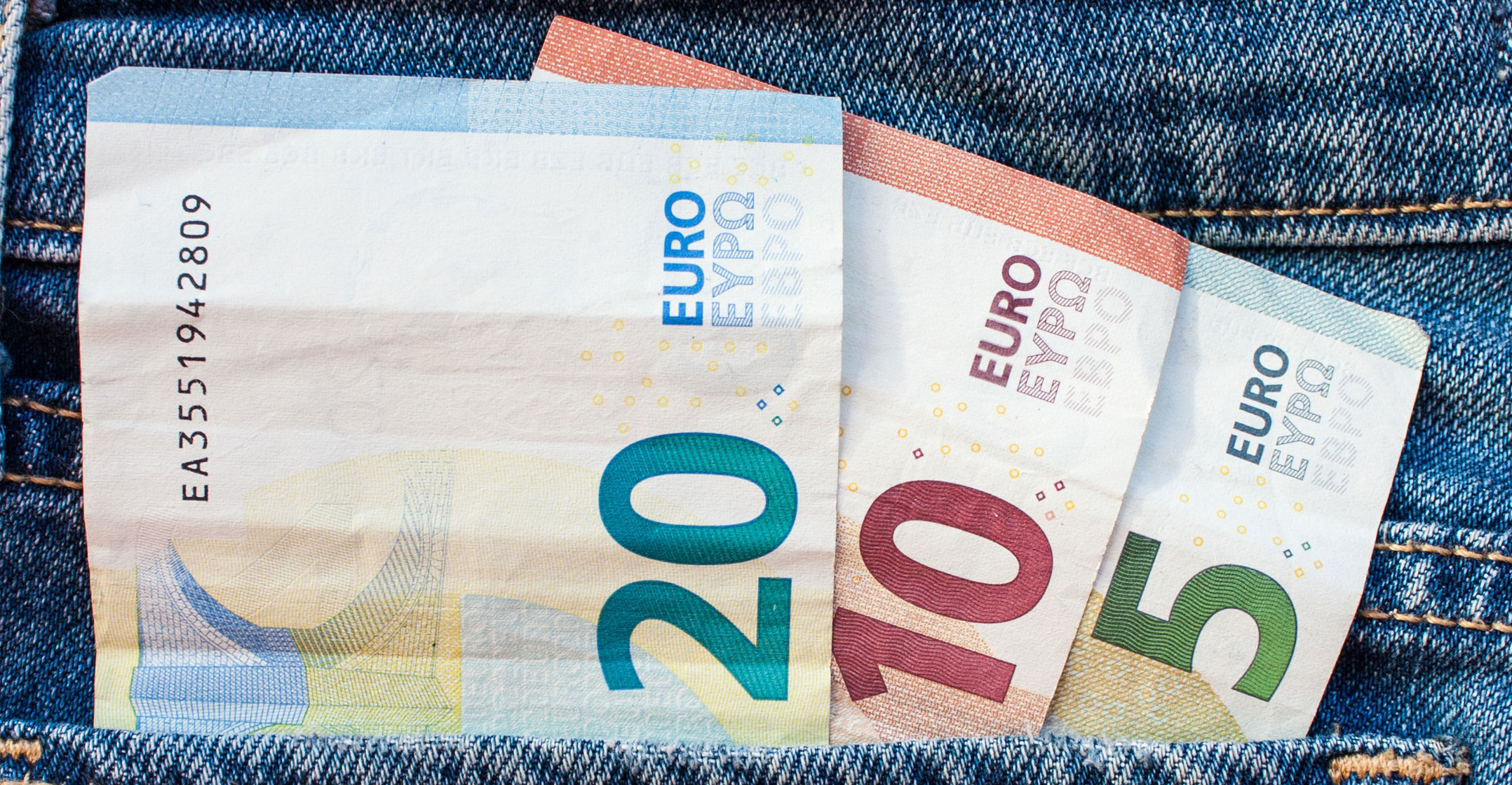
The European Central Bank appears serious about a digital euro. Barely a month after the central bank issued a major report on the topic, and opened a public consultation, its president, Christine Lagarde, has said “her hunch” is that the euro zone could have its own electronic currency within two to four years. Provided the rest of the institution’s governing council agrees with her, this could put the ECB well ahead of other major Western central banks — above all the US Federal Reserve.
Lagarde’s eagerness appears, above all, strategic. The euro zone faces the same risks and opportunities as other economies in issuing a digital currency. But the currency union’s monetary guardians may sense a rare opportunity to challenge the dollar’s dominance, a long-coveted objective. The problem will be seizing this chance without compromising the smooth functioning of the financial system.
The idea behind central bank digital currencies is relatively straightforward. The use of cash is declining, as consumers switch to electronic payments. There’s growing interest, too, in peer-to-peer payments that don’t rely on banks. Some private providers have been working on digital currencies, such as Facebook and Libra. As the custodians of legal tender and the monetary system, it makes sense for central banks to get involved. Digital currencies could also help them implement heterodox forms of monetary policy, including “helicopter drops” that would go directly to the digital wallets of individual citizens.
There are significant risks, though. The main one is the relationship of an “e-euro” with the banking system. Consumers may perceive central bank digital wallets as much safer than traditional bank deposits. After all, a central bank can’t go bust. So it’s possible money would flock to central banks, especially during times of financial stress. This could destroy the banking system as we know it or, at the very least, force lenders to pay higher deposit rates to keep customers.
Some central banks are moving faster in their examination of digital currencies. The Riksbank in Sweden is the pioneer, while the People’s Bank of China is in the lead among the world’s main monetary authorities.
Less widespread
The ECB clearly doesn’t want to be left behind, although this doesn’t seem to be driven by Europe’s citizens suddenly going cold on cash. A study from the Bank for International Settlements shows the use of card payments in the euro area is far less widespread than in other areas: In 2016, they amounted to 15.6% of combined GDP, against 45.5% in the UK and 31.7% in the US.
Card usage will have increased over the past few years, probably accelerated by the pandemic, but the value of electronic and cash payments at the point of sale in the euro area is still roughly equivalent, with cash accounting for roughly three-quarters of these transactions.
So, why does Lagarde want to go faster than other Western central banks?
Since the start of her presidency a year ago, she has tried to bring the ECB closer to the euro zone’s citizens. A digital currency may be one way to prove the central bank’s usefulness. The more obvious explanation is the challenge to the dollar’s longstanding dominance. The share of the euro across various indicators of international currency use averaged about 19% in 2019, close to historical lows. If one looks at international deposits, roughly 20% of the outstanding amount was in euros, while more than 50% was in the dollar.

The ECB’s “Report on a Digital Euro”, published last month, said explicitly that “the Eurosystem might consider issuing a digital euro in part to support the international role of the euro, stimulating demand for the euro among foreign investors”. This makes sense. There is a clear first-mover advantage for a central bank digital currency, since international investors would flock to store their money with the ECB. The Fed has been much more cautious about digital currencies.
There are always risks with being a pioneer. The ECB must ponder the implications for its banks, which could lose a cheap way of making money if their card businesses were sidelined. Writing in a personal capacity, Fabio Panetta, the member of the ECB executive board spearheading this exercise, and Ulrich Bindseil, a senior ECB official, have proposed a clever remuneration system to limit the amount of money stored at the central bank: Holdings of more than 3 000 e-euros would would carry an interest rate that’s less attractive than that of the commercial banks.
While this strategy would be effective during times of financial calm, it’s unlikely to prevent a flight to safety during a panic. The two authors imagine that the central bank could lower that interest rate on bigger deposits during a financial crisis, to limit the risk of a bank run. But even that may be insufficient to dissuade depositors.
The ECB’s right to consider digital currencies but it should proceed cautiously. The rush wouldn’t be worth a frailer banking system. — Reported by Ferdinando Giugliano, (c) 2020 Bloomberg LP

